The topic of this article is harmful substances (BB) that pollute the atmosphere. They are dangerous for the life of society and for nature as a whole. The problem of minimizing their impact today is really glaring, because it is associated with real degradation of the human environment.
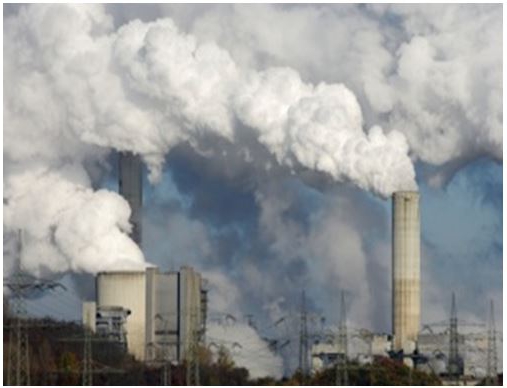
The classic sources of explosives are thermal power plants; car engines; boiler houses, plants producing cement, mineral fertilizers, various dyes. Currently, people produce more than 7 million chemical compounds and substances! Every year, the nomenclature of their production increases by about a thousand items.
Not all of them are safe. According to the results of environmental studies, the most polluting emissions of harmful substances into the atmosphere are limited by the nomenclature of 60 chemical compounds.
Briefly about the atmosphere as a macroregion
Recall what is the atmosphere of the Earth. (After all, it is logical: it is necessary to imagine the pollution of which this article will narrate).
It should be presented as a uniquely arranged air shell of the planet, connected with it by gravity. She participates in the rotation of the Earth.
The border of the atmosphere is located at the level of one to two thousand kilometers above the earth's surface. The areas above are called the earth's corona.
Major atmospheric components
The composition of the atmosphere is characterized by a mixture of gases. Harmful substances, as a rule, are not localized in it, distributed over vast spaces. Most nitrogen in the atmosphere of the Earth (78%). The next specific gravity occupied in it is oxygen (21%), argon is an order of magnitude less (about 0.9%), and carbon dioxide is 0.3%. Each of these components is important for the preservation of life on Earth. Nitrogen, which is part of proteins, is a regulator of oxidation. Oxygen is vital for respiration, while also being a powerful oxidizing agent. Carbon dioxide insulates the atmosphere, contributing to the greenhouse effect. However, it destroys the ozone layer protecting from solar ultraviolet radiation (the maximum density of which falls at a height of 25 km).
An important component is also water vapor. Its greatest concentration is in the zones of equatorial forests (up to 4%), the smallest - over deserts (0.2%).
General Pollution Information
Harmful substances are released into the atmosphere both as a result of the occurrence of certain processes in nature itself, and as a result of anthropogenic activity. Note: modern civilization has turned the second factor into a dominant one.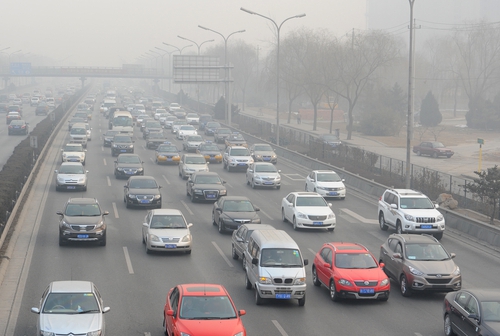
The most significant unsystematic natural polluting processes are volcanic eruptions and forest fires. In contrast, the resulting pollen of plants, the waste products of animal populations, etc. regularly pollute the atmosphere.
Anthropogenic factors of environmental contamination are striking in their scale and diversity.
Civilization alone annually sends about 250 million tons of carbon dioxide to the air. However, it is worth mentioning the products from the combustion of 701 million tons of sulfur-containing fuel emitted into the atmosphere. The production of nitrogen fertilizers, aniline dyes, celluloid, viscose silk - involves additional air filling using 20.5 million tons of nitrogenous “volatile” compounds.
The dusty emissions of harmful substances into the atmosphere accompanying many types of production are also impressive. How much dust do they throw into the air? A lot:
- the dust entering the atmosphere during the combustion of coal is 95 million tons per year;
- dust at cement production - 57.6 million tons;
- dust generated during the smelting of pig iron - 21 million tons;
- dust entering the atmosphere during copper smelting - 6.5 million tons
The problem of our time has become the emissions into the air of hundreds of millions of cars of carbon monoxide, as well as compounds of heavy metals. In just one year, 25 million new “iron horses” are produced in the world! Chemical harmful substances produced by automobile armies of megacities lead to such a phenomenon as smog. It is generated by nitrogen oxides contained in automobile exhaust gases and interacting with hydrocarbons present in the air.
Modern civilization is paradoxical. Due to imperfect technologies, harmful substances in one way or another will inevitably be released into the atmosphere. Therefore, the strict legislative minimization of this process is currently gaining particular relevance. It is characteristic that the entire spectrum of pollutants can be classified according to many criteria. Accordingly, the classification of harmful substances formed by the anthropogenic factor and polluting the atmosphere suggests several criteria.
Classification by state of aggregation. Dispersion
Explosive characterizes a certain state of aggregation. Accordingly, they, depending on their nature, can spread in the atmosphere in the form of gas (vapor), liquid or solid particles (dispersed systems, aerosols).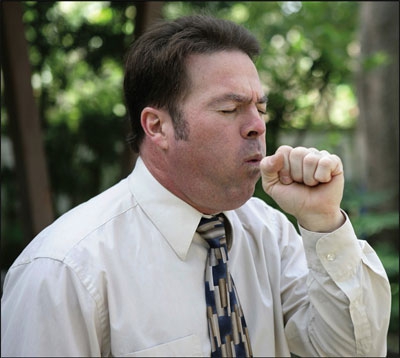
The concentration of harmful substances in the air is of maximum importance in the so-called dispersed systems, characterized by increased penetration of a dusty or foggy state of explosives. Such systems are characterized using classifications based on the principle of dispersion for dust and aerosol.
For dust dispersion is determined by five groups:
- particle sizes of at least 140 microns (very coarse);
- from 40 to 140 microns (coarse);
- from 10 to 40 microns (medium);
- from 1 to 10 microns (fine);
- less than 1 micron (very fine).
For liquids, dispersion is classified into four categories:
- droplet size up to 0.5 microns (super thin fog);
- from 0.5 to 3 microns (fine mist);
- from 3 to 10 microns (coarse fog);
- more than 10 microns (spray).
Classification of explosives based on toxicity
The classification of harmful substances by the nature of their effects on the human body is most often mentioned. We will talk about it in more detail.
The greatest danger among the entire set of explosives is toxicants, or poisons, acting in proportion to their amount that has entered the human body.
The toxicity value of such explosives has a definite numerical value and is defined as the reciprocal of their average lethal dose to humans.
Its indicator for extremely toxic explosives is up to 15 mg / kg live weight, highly toxic - from 15 to 150 mg / kg; moderately toxic - from 150 to 1.5 g / kg, low toxicity - over 1.5 g / kg. These are deadly chemicals.
Non-toxic explosives, for example, include inert gases that are neutral for humans under normal conditions. However, we note that under high pressure, they narcotically affect the human body.
Classification of toxic explosives by degree of exposure
This systematization of explosives is based on a legislatively approved indicator that determines their concentration that for a long time does not cause diseases and pathologies not only in the studied generation, but also in subsequent ones. The name of this standard is the maximum permissible concentration (MPC).
Depending on the MPC values, four classes of harmful substances are distinguished.
- I class of explosives. Extremely dangerous explosives (MPC - up to 0.1 mg / m3): lead, mercury.
- II class of explosives. Highly hazardous explosives (MPC from 0.1 to 1 mg / m3): chlorine, benzene, manganese, alkalis caustic.
- III class of explosives. Moderately hazardous explosives (MPC from 1.1 to 10 mg / m3): acetone, sulfur dioxide, dichloroethane.
- IV class BB. Low-hazard explosives (MPC - more than 10 mg / m3): ethyl alcohol, ammonia, gasoline.
Examples of harmful substances of various classes
Lead and its compounds are considered poison. This group is the most dangerous chemicals. Therefore, lead belongs to the first class of explosives. The maximum permissible concentration of minuscule is 0.0003 mg / m3. The amazing effect is expressed in paralysis, effects on intelligence, physical activity, and hearing. Lead causes cancer, and also affects heredity.
Ammonia, or hydrogen nitride, belongs to the second class according to the hazard criterion. Its MPC is 0.004 mg / m3. It is a colorless caustic gas that is about twice as lighter than air. It affects primarily the eyes and mucous membranes. Causes burns, suffocation.
When saving the affected, additional safety measures should be taken: a mixture of ammonia with air is explosive.
Sulfur anhydride is classified in the third class according to the hazard criterion. Its MPCatm. is 0.05 mg / m3, and MPC. h. - 0.5 mg / m3.
It is formed during the combustion of the so-called reserve types of fuel: coal, fuel oil, low-quality gas.
In small doses, it causes coughing, chest pain. Medium poisoning is characterized by headache and dizziness. Severe poisoning is characterized by toxic asphyxiating bronchitis, lesions of the blood, dental tissue, blood. Particularly sensitive to asthma sulfide anhydride.
Carbon monoxide (carbon monoxide) belongs to the fourth class of explosives. Its PDKatm. - 0.05 mg / m3, and MPC. h. - 0.15 mg / m3. It has no smell, no color. Acute poisoning is characterized by palpitations, weakness, shortness of breath, dizziness. Medium degrees of poisoning are characterized by vasospasm, loss of consciousness. Severe - respiratory and circulatory disorders, coma.
The main source of carbon monoxide of anthropogenic nature is the exhaust gases of automobiles. It is especially intensively distinguished by transport, where due to poor quality maintenance, the temperature of gasoline combustion in the engine is insufficient, or when the air supply to the engine is irregular.
Atmosphere Protection Method: Compliance with Limit Standards
The bodies of the sanitary-epidemiological service constantly monitor whether the level of harmful substances is observed at a level lower than their maximum permissible concentration.
Using regular measurements throughout the year, the actual concentration of explosives in the atmosphere, using a special formula, forms the index of annual average concentration (IZA). It also reflects the effect of harmful substances on human health. This index displays the long-term concentration of harmful substances in the air according to the following formula:
In = ∑ = ∑ (xi / MPC i) Ci
where Xi is the average annual concentration of explosives;
Ci - coefficient taking into account the ratio of the MPC of the i-th substance and MAC of sulfur dioxide;
In - IZA.
An ISA value of less than 5 corresponds to a low level of pollution, 5-8 determine the average level, 8-13 - a high level, more than 13 means significant air pollution.
Types of limit concentrations
Thus, the permissible concentration of harmful substances in air (as well as in water and soil, although this aspect is not the subject of this article) is determined in environmental laboratories in atmospheric air for the vast majority of explosives by comparing actual indicators with established and normatively fixed atmospheric MPC .
In addition, for such measurements directly in the settlements, there are complex criteria for determining concentrations - SECS (approximate safe exposure levels), calculated as the actual weighted average total MPCatm. immediately for two hundred explosives.
However, this is not all. As you know, any air pollution is easier to prevent than to eliminate.Perhaps this is why the maximum permissible concentrations of harmful substances in the largest volumes are measured by ecologists directly in the production sector, which is precisely the most intense explosive donor into the environment.
For such measurements, certain parameters of the maximum explosive concentration have been established, exceeding in their numerical values the MPCatm considered above. These concentrations are determined on areas directly limited by production assets. Just to standardize this process, the concept of the so-called working area (GOST 12.1.005-88) was introduced.
What is a work area?
A work area is a workplace where a production worker constantly or temporarily performs scheduled tasks.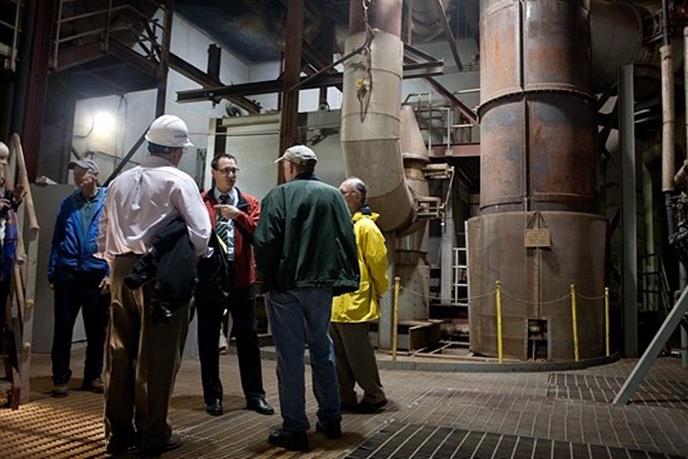 By default, the specified space around it is limited in height to two meters. The workplace itself (RM) implies the presence of various production equipment (both primary and secondary), organizational and technological equipment, and necessary furniture. In most cases, harmful substances in the air primarily appear in the workplace.
By default, the specified space around it is limited in height to two meters. The workplace itself (RM) implies the presence of various production equipment (both primary and secondary), organizational and technological equipment, and necessary furniture. In most cases, harmful substances in the air primarily appear in the workplace.
If a worker in the RM is more than 50% of his working time, or if he has been working there for at least 2 hours continuously, then this RM is called permanent. Depending on the nature of the production itself, the production process can also occur in geographically changing work areas. In this case, the employee is not assigned a workplace, and only the place of constant appearance is listed — the room where his arrival and departure to work are recorded.
As a rule, environmentalists first measure the concentration of harmful substances on permanent PMs, and then - in the areas of personnel attendance.
The concentration of explosives in the working area. Regulations
For working areas, the concentration of harmful substances is defined as defined as safe for the life and health of the worker during his full working experience, provided that he is there 8 hours a day and within 41 hours per week.
We also note that the maximum concentration of harmful substances in the working area significantly exceeds the maximum permissible concentration for air in settlements. The reason is obvious: a person stays in the workplace only during the shift.
GOST 12.1.005-88 SSBT normalized allowable quantities of explosives in working areas based on hazard class premises and state of aggregation of explosives located there. We will present to you in a table form some information from the above GOST:
Table 1. The ratio of MPC for the atmosphere and for the working area
| Substance name | Hazard class | MPC.s., mg / m3 | MPCatm., Mg / m3 |
| PB lead | 1 | 0,01 | 0,0003 |
| Hg mercury | 1 | 0,01 | 0,0003 |
| NO2 nitrogen dioxide | 2 | 5 | 0,085 |
| NH3 | 4 | 20 | 0,2 |
When determining harmful substances in the working area, environmentalists use the regulatory framework:
- GN (hygiene standards) 2.2.5.686-96 "MPC explosives in the air of the Republic of Poland."
- SanPiN (sanitary - epidemiological rules and regulations) 2.2.4.548-96 "Hygiene requirements for the microclimate of industrial premises."
Atmospheric infection mechanism
Harmful chemicals released into the atmosphere form a certain zone of chemical contamination. The latter is characterized by the depth of distribution of air contaminated with explosives. Windy weather contributes to its faster dispersal. An increase in air temperature increases the concentration of explosives.
The distribution of harmful substances in the atmosphere is influenced by atmospheric phenomena: inversion, isotherm, convection.
The notion of inversion is explained by the familiar phrase: “The warmer the air, the higher it is.” Due to this phenomenon, dispersion of air masses is reduced, and high concentrations of explosives last longer.
The concept of isothermia is associated with cloudy weather. Favorable conditions for it usually occur in the morning and evening. They do not enhance, but also do not weaken, the spread of explosives.
Convection, i.e., ascending air currents disperse the zone of infection of explosives.
The infection zone itself is divided into areas of lethal concentration and characterized by concentrations that are less harmful to health.
Rules for assistance to persons affected by infection with explosives
Exposure to harmful substances can lead to a violation of human health and even death. At the same time, the assistance provided on time can save their lives and minimize harm to health. In particular, the following scheme allows the health of production personnel in the work areas to determine the fact of the destruction of explosives:
Scheme 1. Symptoms of BB lesions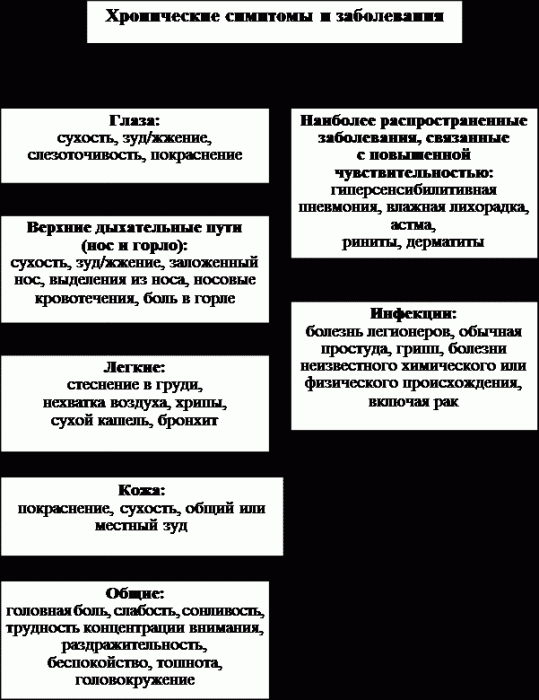
What should and should not be done in case of acute poisoning?
- A gas mask is put on the victim and evacuated from the affected area in any way possible.
- If the clothes of the affected person are wet, they are removed, the affected areas of the skin are washed with water, the clothes are replaced with dry ones.
- In case of uneven breathing, the victim should be allowed to breathe oxygen.
- Perform artificial respiration with pulmonary edema is prohibited!
- If the skin is affected, it should be washed, covered with a gauze bandage and contact a medical facility.
- If explosives get into the throat, nose, eyes, they are washed with a 2% solution of drinking soda.
Instead of a conclusion. Improvement of the working area
The improvement of the atmosphere finds its concrete expression in terms if the actual concentration of harmful substances in the atmosphere is significantly lower than the MPCatm. (mg / m3), and the microclimate of industrial premises does not exceed the maximum permissible concentration level. (mg / m3).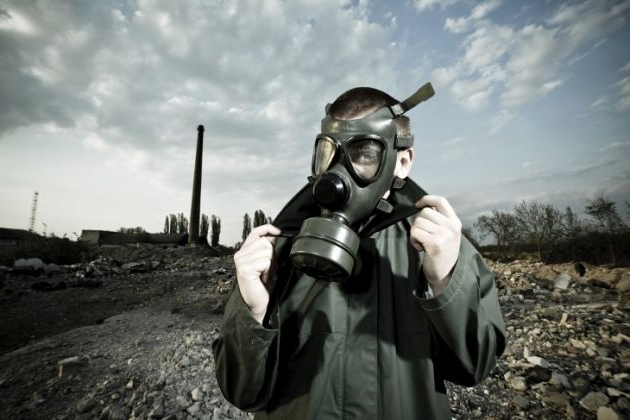
Finishing the presentation of the material, we will emphasize the problem of improving precisely the working areas. The reason is clear. After all, it is production that infects the environment. Therefore, it is advisable to minimize the pollution process at its source.
For such improvement, new, more environmentally friendly technologies are of paramount importance, eliminating the emission of harmful substances into the work area (and, accordingly, into the atmosphere.)
What measures are being taken for this? Both furnaces and other thermal installations are being converted to using gas, much less polluting explosive air, as fuel. An important role is played by reliable sealing of production equipment and storage facilities (tanks) for the storage of explosives.
The production facilities are equipped with exhaust ventilation in general, to improve the microclimate with the help of directional fans, air movement is created. An effective ventilation system is considered when it provides the current level of harmful substances at a level no greater than a third of their MPC.s.
Due to appropriate scientific developments, it is technologically advisable to radically replace toxic harmful substances in the work area with non-toxic ones.
Sometimes (in the presence of dry, crushed explosives in rare-earth air), a good result in improving the air is achieved by moisturizing it.
Recall also that the working areas should also be protected from the nearest radiation sources, for which they use special materials and screens.








